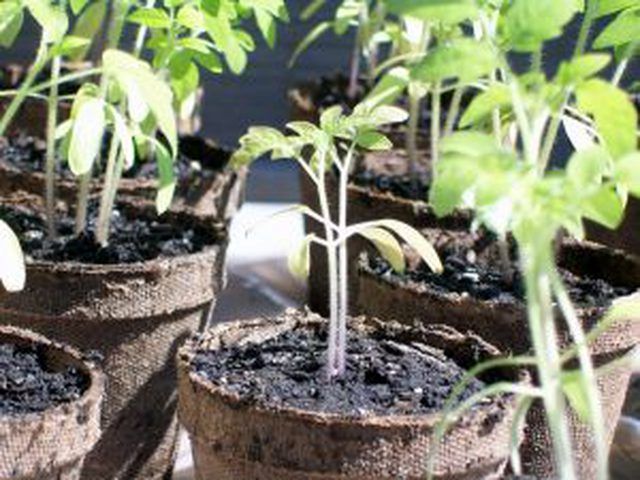Bulbs
Flower Basics
Flower Beds & Specialty Gardens
Flower Garden
Garden Furniture
Garden Gnomes
Garden Seeds
Garden Sheds
Garden Statues
Garden Tools & Supplies
Gardening Basics
Green & Organic
Groundcovers & Vines
Growing Annuals
Growing Basil
Growing Beans
Growing Berries
Growing Blueberries
Growing Cactus
Growing Corn
Growing Cotton
Growing Edibles
Growing Flowers
Growing Garlic
Growing Grapes
Growing Grass
Growing Herbs
Growing Jasmine
Growing Mint
Growing Mushrooms
Orchids
Growing Peanuts
Growing Perennials
Growing Plants
Growing Rosemary
Growing Roses
Growing Strawberries
Growing Sunflowers
Growing Thyme
Growing Tomatoes
Growing Tulips
Growing Vegetables
Herb Basics
Herb Garden
Indoor Growing
Landscaping Basics
Landscaping Patios
Landscaping Plants
Landscaping Shrubs
Landscaping Trees
Landscaping Walks & Pathways
Lawn Basics
Lawn Maintenance
Lawn Mowers
Lawn Ornaments
Lawn Planting
Lawn Tools
Outdoor Growing
Overall Landscape Planning
Pests, Weeds & Problems
Plant Basics
Rock Garden
Rose Garden
Shrubs
Soil
Specialty Gardens
Trees
Vegetable Garden
Yard Maintenance
How to Make a Greenhouse Out of an Aquarium
How to Make a Greenhouse Out of an Aquarium. Making a greenhouse from a large aquarium provides the perfect environment for young seedlings in early spring. Not only is it convenient to keep them all in the same place without the worries of being knocked off a window sill or table, it is easy to maintain the humidity level they require. Aquariums...

Making a greenhouse from a large aquarium provides the perfect environment for young seedlings in early spring. Not only is it convenient to keep them all in the same place without the worries of being knocked off a window sill or table, it is easy to maintain the humidity level they require. Aquariums provide the ideal set up for attaching grow lights to the top and providing just the right amount of light for your young seedlings.
Things You'll Need
Seedlings
Grow lights/florescent lights
Light hanging kits
Place an aquarium in a location where it receives indirect light from a window or skylight. Although direct light from an east window may be suitable, western and southern windows may provide intense light that overheats the aquarium in the afternoon.
Place plants or seedlings in their original pots or flats on the bottom of the aquarium. Water thoroughly so the soil is evenly moist.
Attach grow lights to the top of the aquarium so the lights hang a few inches above the top of the plants. You can purchase grow lights at your local hardware store, but florescent lights work just as well. Select lights that are the appropriate size for the size of your aquarium and be sure to purchase the necessary hardware for hanging the lights (see Resources for light hanging hardware).
Turn lights on for 16 hours a day to provide adequate light for seedlings. Check the soil for moisture and water when the soil begins to dry. Mist plants daily. Monitor the height of the lights and adjust upwards as the plants increase in height.